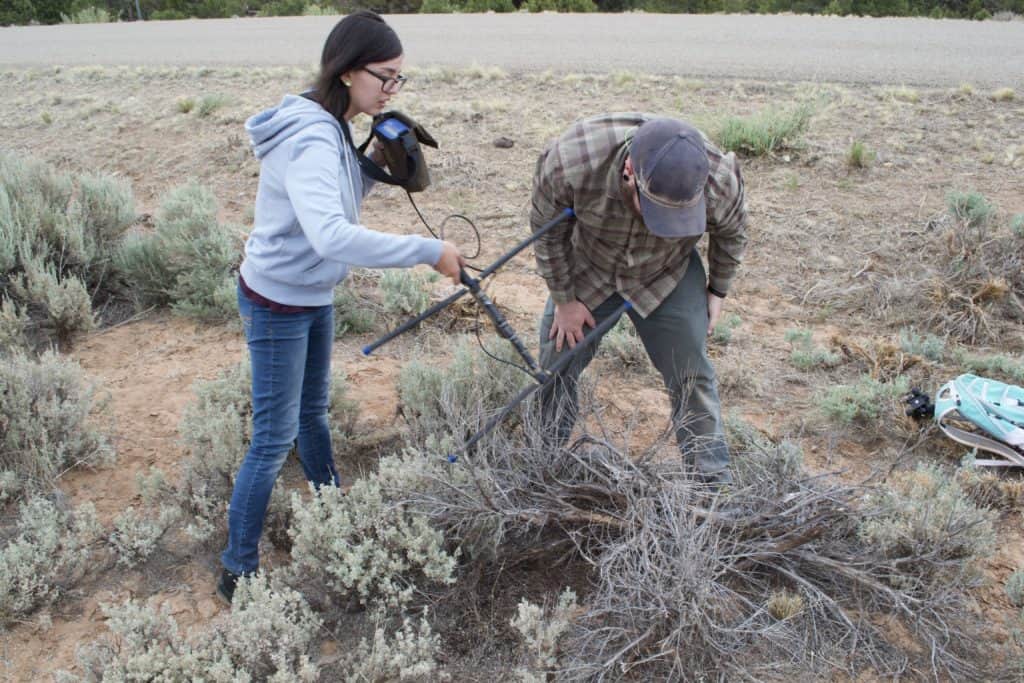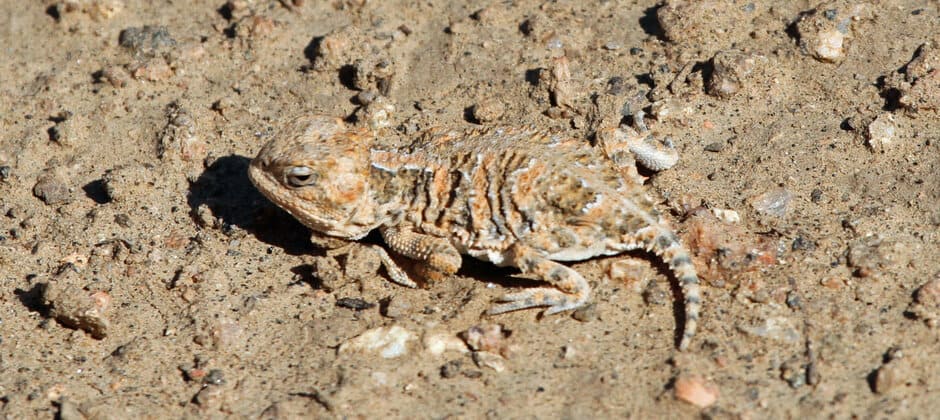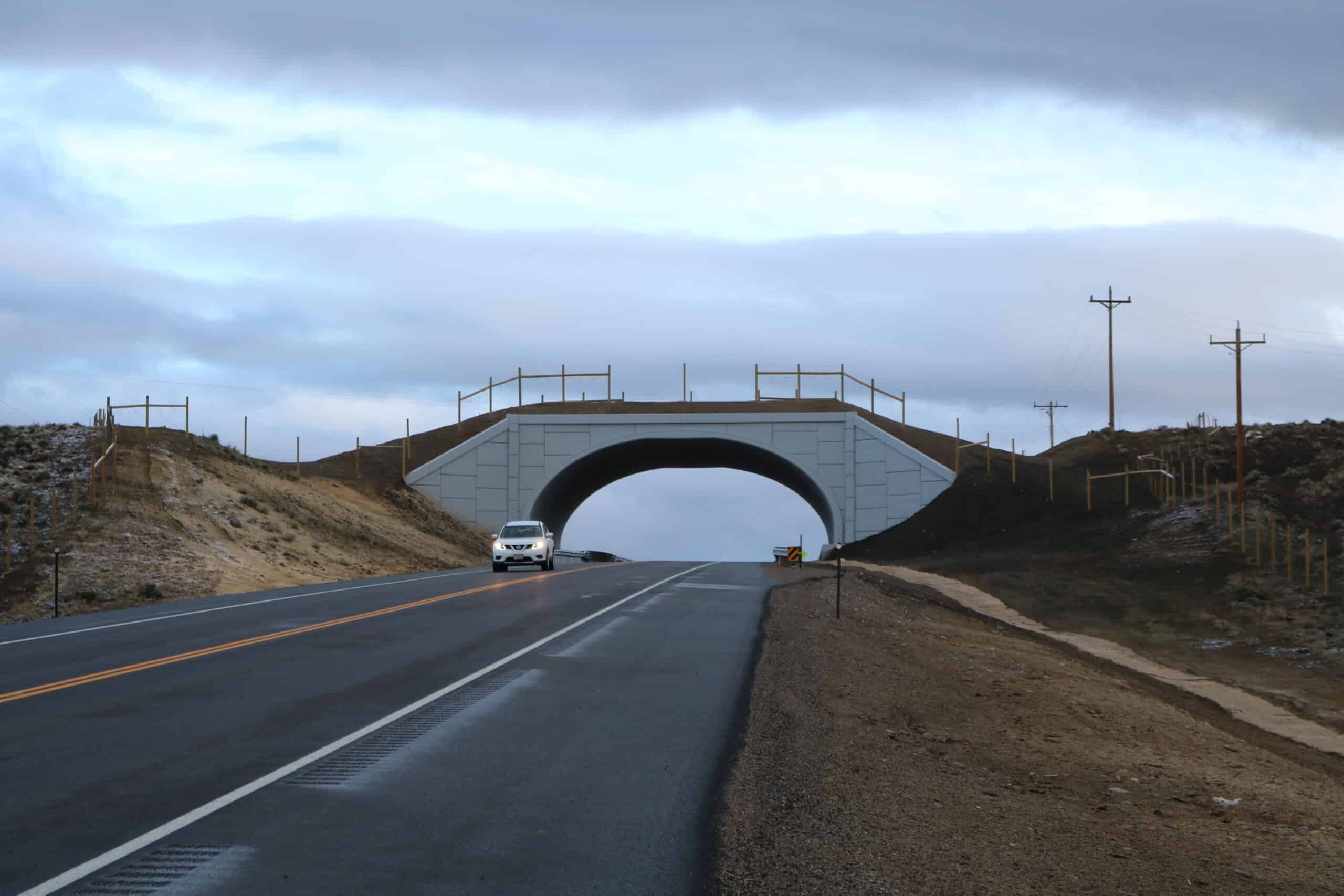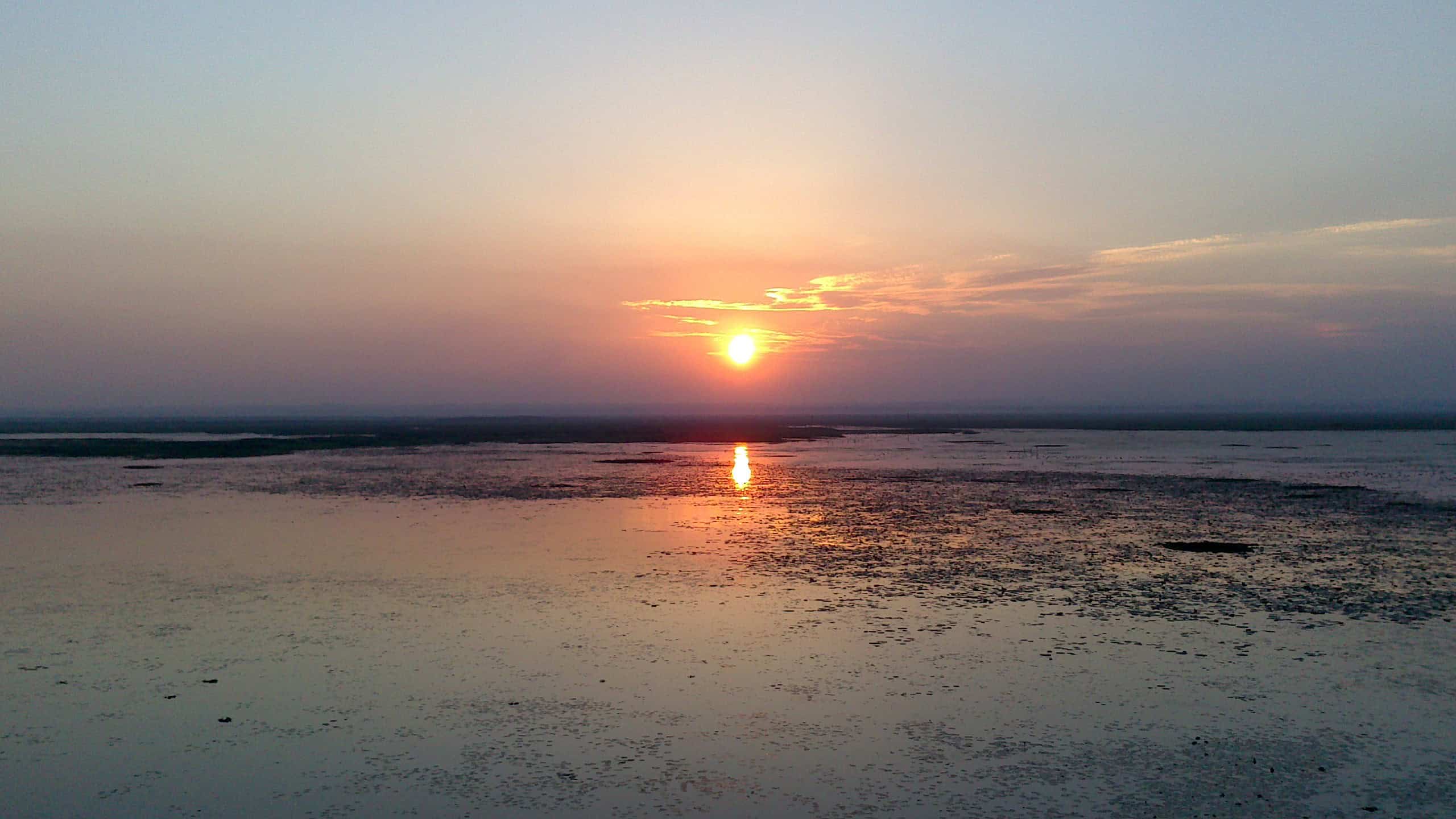Share this article
Climate change may make lizards vulnerable to predators
Lizards may be able to cope with climate change by rapidly adapting to new temperatures, but not without physically slowing down.
These changes in fitness might make the lizards more susceptible to predation in the future, which could affect population recruitment, said Jeanine Refsnider, an associate professor in environmental Sciences at the University of Toledo and the lead author of a study published recently in Journal of Experimental Zoology Part A.
A previous study had shown that greater short‐horned lizards (Phrynosoma hernandesi) rapidly changed their behavior to adapt to temperature changes.
But since future climate models predict not just a general increase in temperatures but more frequent bouts of extreme weather, Refsnider, her graduate student Tyara Vazquez and other colleagues wanted to see how lizards responded to the different effects of climate change.
The team captured a number of horned lizards in the Colorado Plateau in Utah in 2018. They tested the lizards’ speed and endurance by putting them on miniature racetracks. Analyzing tissue samples, they also tested the lizards’ water content and the amount of stress they were exhibiting by measuring certain proteins in their bodies.
Then, they moved lizards from higher elevations 500 meters down to enclosed parts of the mountain that experienced warmer temperatures. They fitted the lizards with tracking devices and exposed them to slightly temperatures for seven-day periods. They took another group of lizards and exposed them to short, four-hour periods of very high temperatures.
After recapturing the lizards, they found that the ones exposed to longer periods of warm temperatures were more dehydrated than the ones that experienced shorter heatwaves. But the lizards that experienced the shorter four-hour heatwaves physically slowed down.

Co-author Tyara Vazquez searches for lizards in a bush in the Colorado Plateau in Utah. Credit: Tyara Vazquez
Lizards need speed to help them escape predators. Refsnider said heatwaves might make these lizards more susceptible to predation, causing them to experience population declines over the long term.
She also believes greater short-horned lizards may experience other heat-related effects like behavioral changes. Juveniles tend to be more active in general than the adults, which sit still and camouflage among their surroundings, often under shelter or in the shade. Refnsider speculates that the younger lizards may run back and forth between shady and sunny spots as a way of regulating temperature — sitting in a cold spot to cool down and vice versa — while the adults have a better ability to internally regulate.
This would mean younger lizards may be more susceptible to heatwaves and higher average temperatures than the adults. All this movement could make them more visible to predators, which could affect population recruitment overall.
Previous research shows montane lizards change their behavior to relieve some of the stress from heating by moving up the mountain to cooler elevations. But the problem is mountains have a peak. At some point, as global warming increases, they won’t have anywhere else to go.
“They’re going to run out of mountain. They can only move up so high,” Refsnider said.
Header Image: A greater short-horned lizard. Credit: Greg Schechter








